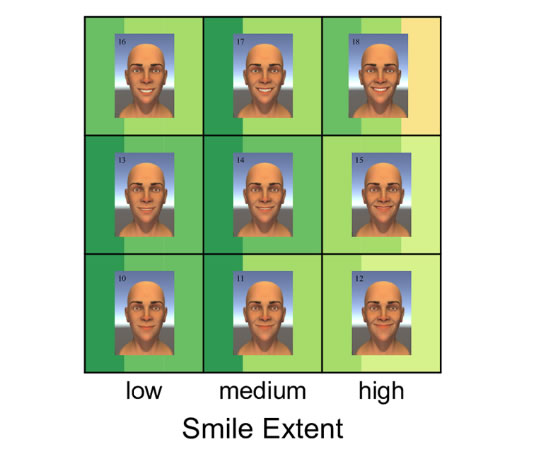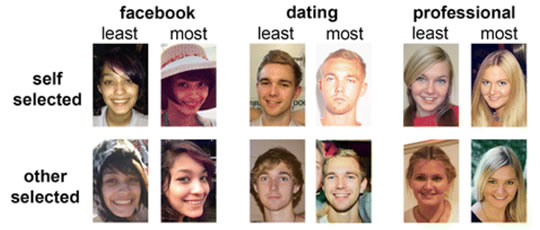The type of compliment that women prefer.
Using metaphorical compliments makes men more attractive to women than using literal ones, new research finds.
Women in the Chinese study found men more attractive if they used phrases like “Your eyes are morning dew”.
On the other hand, saying things like “Your lips are so sexy”, was not the way to go.
It is very clear which type of compliment is most romantic, but the use of metaphor has another subtle purpose.
Metaphors require more intelligence and creativity to generate so they are indirect signals of a person’s creativity and intelligence.
The study’s authors explain:
“We tend to form very rapid impressions about a person’s attractiveness in social contexts and thus for women, cues from language usage during initial encounters may provide a rapid first assessment of a potential mate’s intellectual and creative abilities.”
Alongside complimenting women’s appearance, the study also tested complimenting their potential girlfriend’s house.
They either said metaphorical things like “Your roof is a lover’s shoulder” or literal things like “Your door is very strong”.
Naturally these house-based compliments didn’t go down as well as those directed at the woman’s appearance.
Still, though, the metaphorical compliment created more attraction than the literal one.
The authors write:
“…women, in contrast with men, prefer creativity and intelligence rather than physical attractiveness and for the compliments used in our current study women did indeed perceive those which were figurative as indicating higher intelligence in a man than literal expression compliments.”
The study was published in the journal Scientific Reports (Gao et al., 2017).











